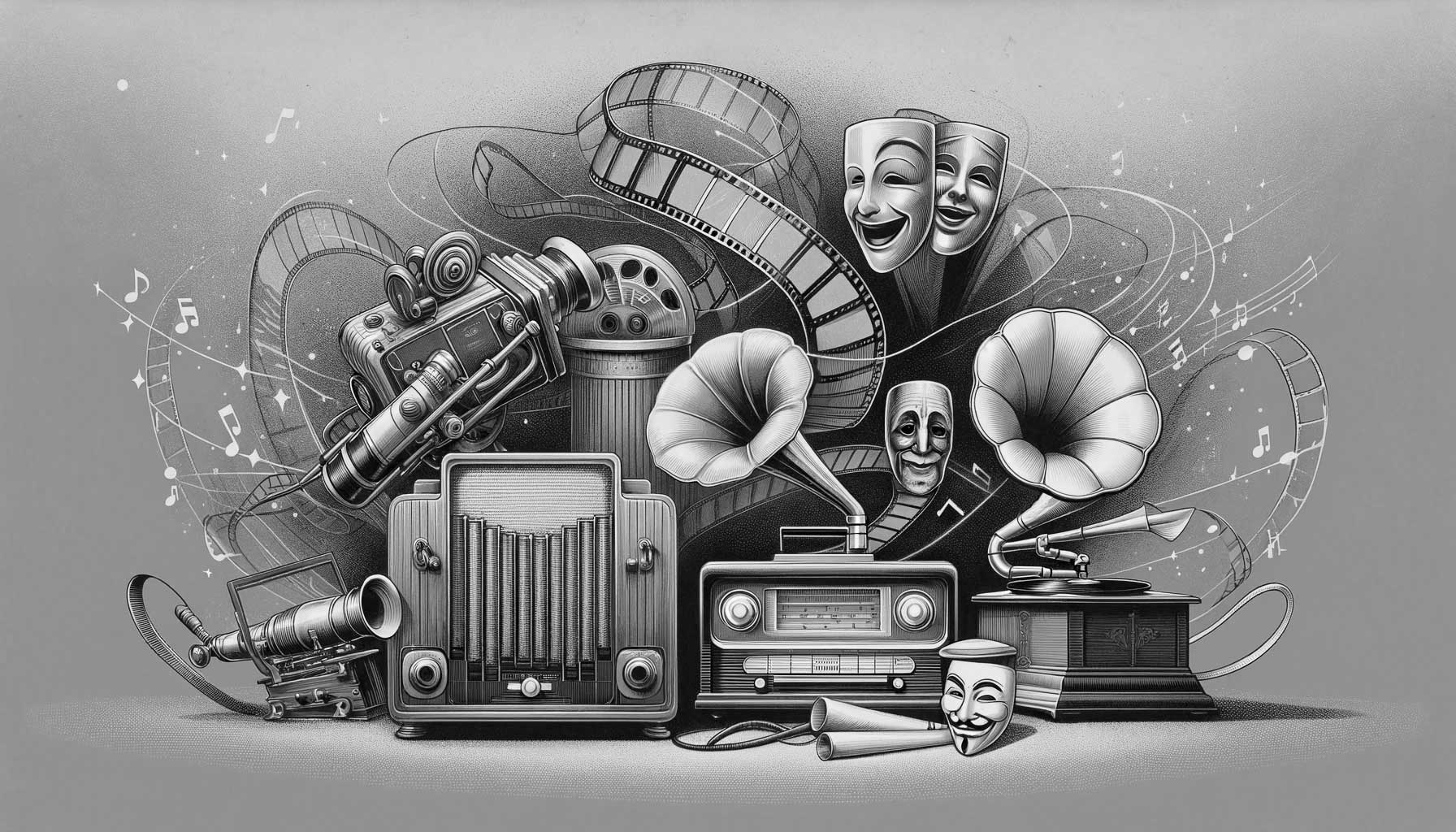Flashback to June 18
Entertainment History

On June 18, 1967, music history was made when legendary guitarist Jimi Hendrix set his guitar on fire during his performance at the Monterey Pop Festival. This iconic moment not only marked a turning point in Hendrix’s career but also became a symbol of rock and roll rebellion and revolution. Let’s dive into the details of this historic event and its significance.
The Monterey Pop Festival, held from June 16 to June 18, 1967, was one of the defining moments of the 1960s counterculture movement. It was organized by John Phillips of The Mamas & the Papas, Lou Adler, and Derek Taylor, attracting some of the biggest names in rock and roll at the time. The festival was a celebration of music, love, and peace, and it aimed to showcase emerging artists and celebrate the spirit of the era.
Jimi Hendrix, an up-and-coming musician from Seattle, was relatively unknown to American audiences at the time. However, his performance at the Monterey Pop Festival would change that forever. Hendrix was scheduled to perform on the second day of the festival, following acts like The Who, The Grateful Dead, and Janis Joplin.
As Hendrix took the stage, he mesmerized the audience with his electrifying guitar playing and innovative techniques. His performance of songs like “Foxy Lady” and “Hey Joe” captivated the crowd and established him as an extraordinary talent. But it was his closing act that night that would go down in history.
Towards the end of his set, Hendrix poured lighter fluid onto his Fender Stratocaster and set it ablaze, shocking the audience and creating a spectacle that would be remembered for decades to come. The flames engulfed his guitar, creating a mesmerizing scene that perfectly symbolized the rebellious and revolutionary spirit of the counterculture movement.
Hendrix’s decision to burn his guitar was not just a random act of theatrics. It was a deliberate statement, challenging the existing norms of performance and pushing the boundaries of what was considered acceptable in popular music. By destroying his instrument, Hendrix was making a statement that music should be about passion, self-expression, and breaking free from conventions.
The infamous guitar-burning moment became immortalized through photographs by Ed Caraeff and the D.A. Pennebaker documentary film, “Monterey Pop.” These visuals captured the intensity and raw energy of Hendrix’s performance, forever associating him with this rebellious act. The image of Hendrix kneeling next to his flaming guitar serves as a powerful symbol of rock and roll mythology.
In the aftermath of this performance, Jimi Hendrix’s career soared to new heights. His fearless stage presence, combined with his innovative guitar playing and experimental sound, made him a pioneer in the world of rock music. Hendrix became an icon of the counterculture movement, influencing generations of musicians and leaving an indelible mark on the history of popular music.
The burning of his guitar at the Monterey Pop Festival was a pivotal moment for Jimi Hendrix and the music industry as a whole. It represented a turning point in his career and cemented his status as a true rock legend. Even decades after his untimely death, Hendrix’s influence continues to be felt, and his guitar-burning act remains an enduring symbol of artistic rebellion and freedom.
Jimi Hendrix’s decision to set his guitar on fire at the Monterey Pop Festival in 1967 was a defining moment in music history. It represented a break from traditional performance norms and symbolized the rebellious spirit of the counterculture movement. Hendrix’s fearless act paved the way for future generations of musicians to push boundaries and challenge conventions. The image of Hendrix with his flaming guitar remains an iconic symbol of rock and roll rebellion, etched in the annals of music history forever.
We strive for accuracy. If you see something that doesn't look right, click here to contact us!
Sponsored Content

First telecast transmitted from…
On June 18, 1959,…

Jimi Hendrix burns his…
Jimi Hendrix's iconic guitar-burning…

